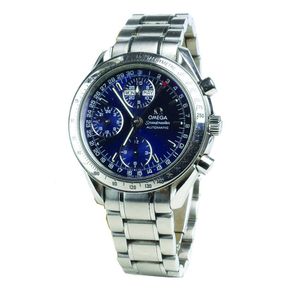Cushion-Cut Aquamarine and Diamond Pendant
You must be a subscriber, and be logged in to view price and dealer details.
Subscribe Now to view actual auction price for this item
When you subscribe, you have the option of setting the currency in which to display prices to $Au, $US, $NZ or Stg.
- Carat - A carat (abbreviated "ct") is a unit of measurement used to describe the weight of a diamond or other gemstone, and separately is a unit of measurement used to describe the weight of precious metals such as gold,.
For gemstones, one carat is equal to 0.2 grams or 200 milligrams. The weight of a diamond is one of the Four Cs (along with cut, colour, and clarity) that are used to determine a diamond's value.
It is important to note that a diamond's weight does not necessarily correspond to its size. A diamond's cut, which affects how well it reflects light, can make a diamond of a lower weight appear larger than a diamond of a higher weight. Additionally, the carat is not the only factor to determine the value of a diamond, other factors such as clarity, colour and cut are important too.
In the gold industry, the purity of gold is measured in carats (abbreviated "ct"), with 24 karats being pure gold and lower carat numbers indicating a lower purity level. So, for example, 18 carat gold is 18/24 or 75% pure gold, and 12 carat gold is 12/24 or 50% pure gold. - Circa - A Latin term meaning 'about', often used in the antique trade to give an approximate date for the piece, usually considered to be five years on either side of the circa year. Thus, circa 1900 means the piece was made about 1900, probably between 1895 and 1905. The expression is sometimes abbreviated to c.1900.
This item has been included into following indexes:
-
lockets
- diamond 3,566
- silver items 2,498
- pendants and lockets, gold - gold with diamonds 3,479
- pendants and lockets, silver - silver items 2,498
Visually similar items

Swiss Omega Speedmaster blue dial auto triple date chrono gent's wristwatch, stainless steel case and bracelet, good working order.

A stainless steel 'Seamaster' wristwatch with date, Omega, Ref 22645000, 2005 Cal. 1538, quartz movement, black wavy dial, luminescent tapered baton indexes, aperture for date, unidirectional revolving black bezel with scalloped edges, graduated to 60 minu

A Continental 800 silver tray with fitted cut crystal dish, with floral and c scroll rim, stamped 800, 37 cm diameter, total weight 1094 grams

A gentleman's stainless steel Big Bang chronograph wristwatch, Hublot, circa 2012. Automatic. 44 mm. Ref. 301RX. Serial number 611645. Circular black dial, applied Arabic and baton numerals, subdials at 3, 6 and 9 o'clock. Date aperture below 4 o'clock. Ca
